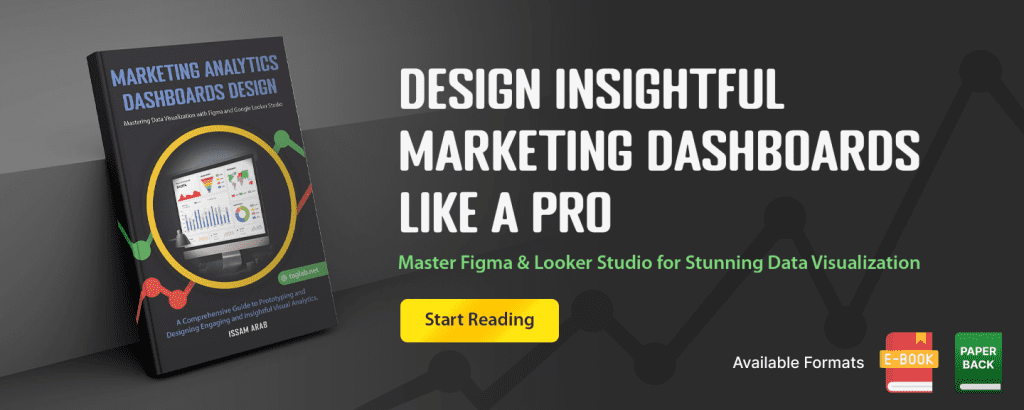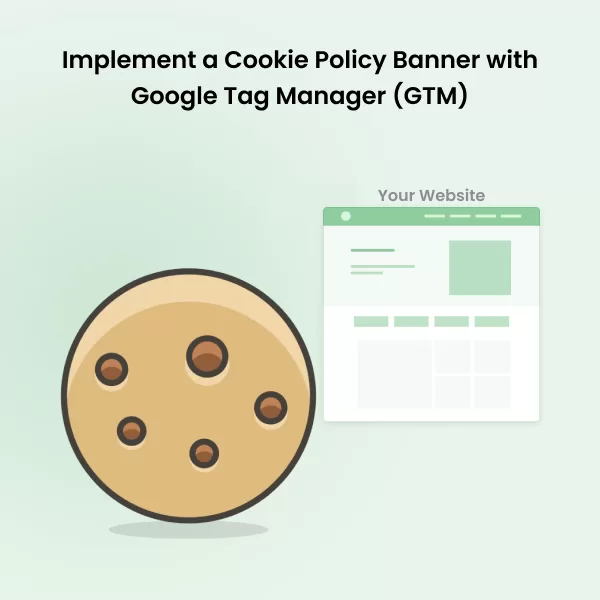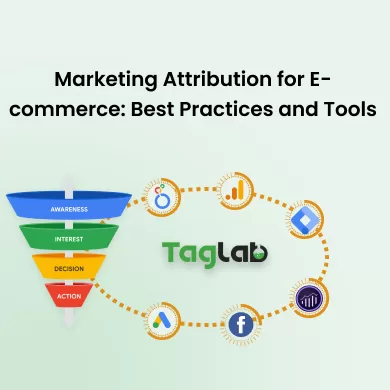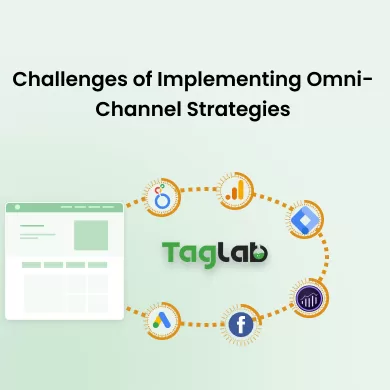Your cart is currently empty!
PPC Revenue Metric Definition
Posted by:
|
On:
|
PPC Revenue refers to the total income generated from pay-per-click (PPC) campaigns. This metric is essential for understanding the financial returns from PPC advertising, helping marketers assess whether their ad spend is yielding profitable results. Tracking PPC Revenue allows businesses to measure how much revenue is being driven directly by their PPC efforts, including conversions like purchases, signups, or subscriptions.
Detailed Explanation
What is PPC Revenue?
PPC Revenue is the total amount of money generated from PPC campaigns. This revenue typically comes from customers who click on a PPC ad and complete a transaction, such as purchasing a product or service. PPC Revenue helps businesses evaluate the overall effectiveness and profitability of their PPC campaigns, making it a critical metric for return on investment (ROI) calculations.
How it Works?
PPC Revenue is calculated by tracking the total value of conversions (such as sales or leads) driven by PPC ads. Using tools like Google Ads or Google Analytics, businesses can attribute revenue directly to PPC campaigns by assigning a monetary value to specific conversion actions. This allows businesses to assess the revenue generated from each campaign, ad group, or individual ad, and compare it against the cost of the campaign to determine profitability.
Types of PPC Revenue Metrics
- Total Revenue: The overall revenue generated from all PPC campaigns over a set period of time.
- Revenue by Campaign: Revenue broken down by individual PPC campaigns, showing which campaigns are most profitable.
- Revenue by Ad Group: Revenue generated by different ad groups within a campaign, offering deeper insights into ad performance.
- Revenue by Keyword: Revenue attributed to specific keywords, helping identify which search queries lead to the most sales or conversions.
- Revenue per Conversion: The average revenue generated per conversion (e.g., per sale, lead, or subscription) from PPC ads.
Illustrative Scenarios
Examples
- A PPC campaign promoting an e-commerce product generates $50,000 in revenue from 1,000 conversions, resulting in an average revenue per conversion of $50.
- A SaaS company’s PPC campaign drives $10,000 in monthly recurring revenue (MRR) from 100 signups, with each signup contributing $100 in monthly revenue.
Segmentation
Analyzing PPC Revenue by segments such as geographic location, device type, or time of day can provide valuable insights. For example, segmenting revenue by device type may reveal that mobile users generate more revenue than desktop users, prompting adjustments in ad targeting and optimization for mobile experiences.
Factors Influencing PPC Revenue
- Conversion Rate: Higher conversion rates from PPC campaigns lead to increased revenue as more users complete the desired action (such as making a purchase).
- Average Order Value (AOV): A higher average order value per conversion increases the overall PPC Revenue generated from each sale or transaction.
- Target Audience: Properly targeting high-intent users who are more likely to convert and make purchases can significantly impact PPC Revenue.
- Ad Relevance: Ads that are highly relevant to users’ search queries or interests are more likely to lead to conversions and increased revenue.
- Landing Page Optimization: A well-optimized landing page that aligns with the ad’s message can improve conversion rates, leading to higher PPC Revenue.
Strategies to Improve PPC Revenue
- Optimize Ad Copy and Targeting: Use highly relevant keywords, compelling ad copy, and precise audience targeting to attract users who are more likely to convert and generate revenue.
- Increase Average Order Value (AOV): Use upselling, cross-selling, or bundling strategies on your landing page to encourage users to make higher-value purchases.
- Improve Conversion Rate Optimization (CRO): Continuously optimize landing pages and the user experience to improve conversion rates, leading to higher revenue from the same ad spend.
- Segment and Retarget: Use audience segmentation and retargeting strategies to re-engage users who have shown interest but have not yet converted, increasing the chances of generating revenue.
- A/B Test Ads and Landing Pages: Regularly test different versions of ads and landing pages to identify which elements drive the most conversions and revenue.
PPC Revenue Benchmarks
PPC Revenue benchmarks can vary widely depending on the industry, product pricing, and business model. For example:
- E-commerce: E-commerce businesses typically generate an average revenue of $30 to $50 per conversion, depending on the product category.
- SaaS Businesses: SaaS companies may focus on recurring revenue from subscriptions, with each lead or signup generating $50 to $200 in monthly recurring revenue (MRR).
- Lead Generation: For service-based businesses, PPC revenue may be attributed to high-value leads, with conversion values ranging from $50 to $500 depending on the service offered.
Comparing your PPC Revenue against industry benchmarks helps evaluate performance and set realistic goals for revenue growth.
Tools for Measuring PPC Revenue
- Google Ads: Provides detailed reports on revenue generated from PPC campaigns, allowing you to track and optimize ad performance.
- Google Analytics: Offers insights into revenue attribution by tracking user interactions from the PPC ad click to conversion, giving a clear view of PPC Revenue.
- CRM Systems: CRM tools like Salesforce can track revenue attributed to leads generated from PPC campaigns, offering detailed revenue reporting.
Common Pitfalls and Mistakes
- Focusing Only on Traffic: Driving traffic to your site through PPC ads is important, but without optimizing for conversions and revenue, traffic alone won’t generate profits.
- Ignoring Conversion Optimization: Failing to optimize landing pages, checkout flows, or user experiences can result in lower revenue even if your ads generate clicks.
- Not Tracking Revenue by Segment: Failing to segment revenue by audience or device type can prevent you from understanding which segments drive the most revenue and how to optimize campaigns.
- Overlooking A/B Testing: Without regularly testing different ad formats, keywords, and landing pages, you may miss opportunities to increase PPC Revenue.
- Neglecting Upsell Opportunities: Missing chances to upsell or cross-sell related products on landing pages can limit potential revenue from each customer interaction.
Frequently Asked Questions
What is PPC Revenue?
PPC Revenue is the total income generated from PPC campaigns. It includes all sales, signups, or other conversions that result in revenue after a user clicks on a PPC ad.
Why is PPC Revenue important?
PPC Revenue is important because it helps businesses understand how much revenue their PPC campaigns are generating and whether their ad spend is yielding a positive return on investment (ROI).
How can I improve my PPC Revenue?
Improving PPC Revenue can be achieved by optimizing ad copy, improving conversion rates on landing pages, increasing average order value, segmenting and retargeting audiences, and A/B testing different elements of your ads and landing pages.
What factors influence PPC Revenue?
Factors influencing PPC Revenue include conversion rates, average order value, audience targeting, ad relevance, and landing page optimization.
What is a good benchmark for PPC Revenue?
Good benchmarks for PPC Revenue vary by industry. E-commerce businesses typically generate $30 to $50 per conversion, while SaaS companies may see $50 to $200 in monthly recurring revenue (MRR) per signup.




